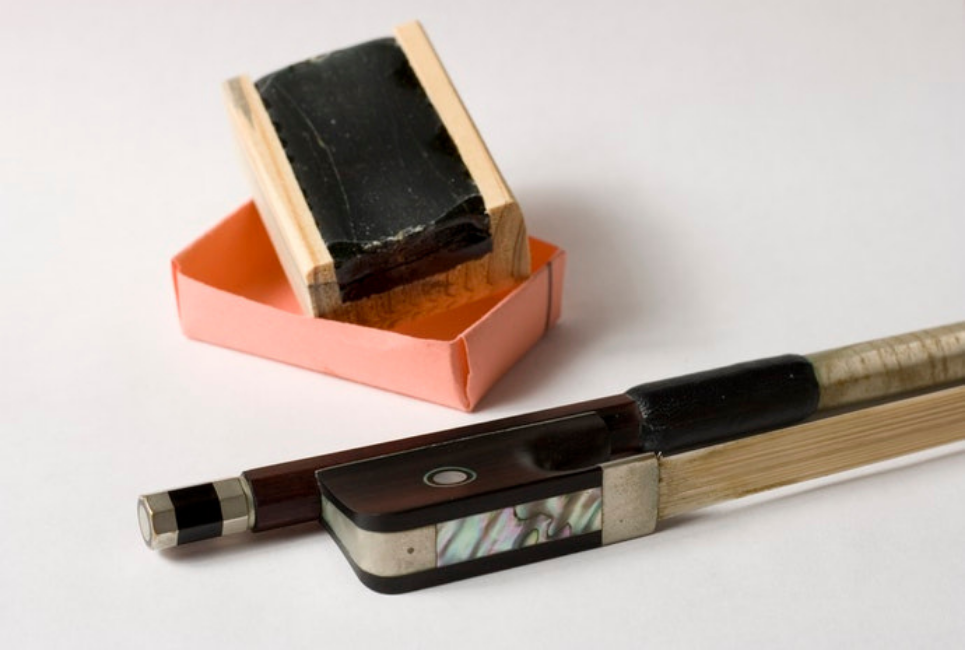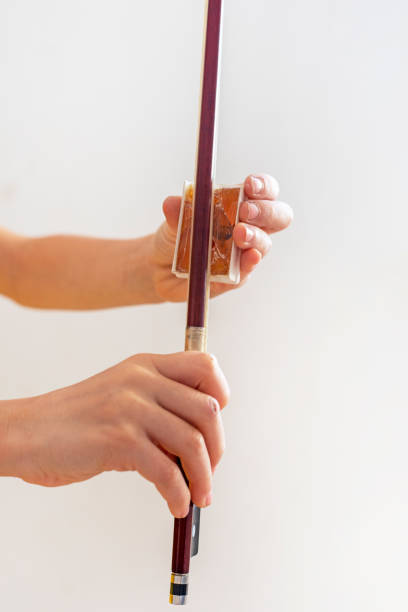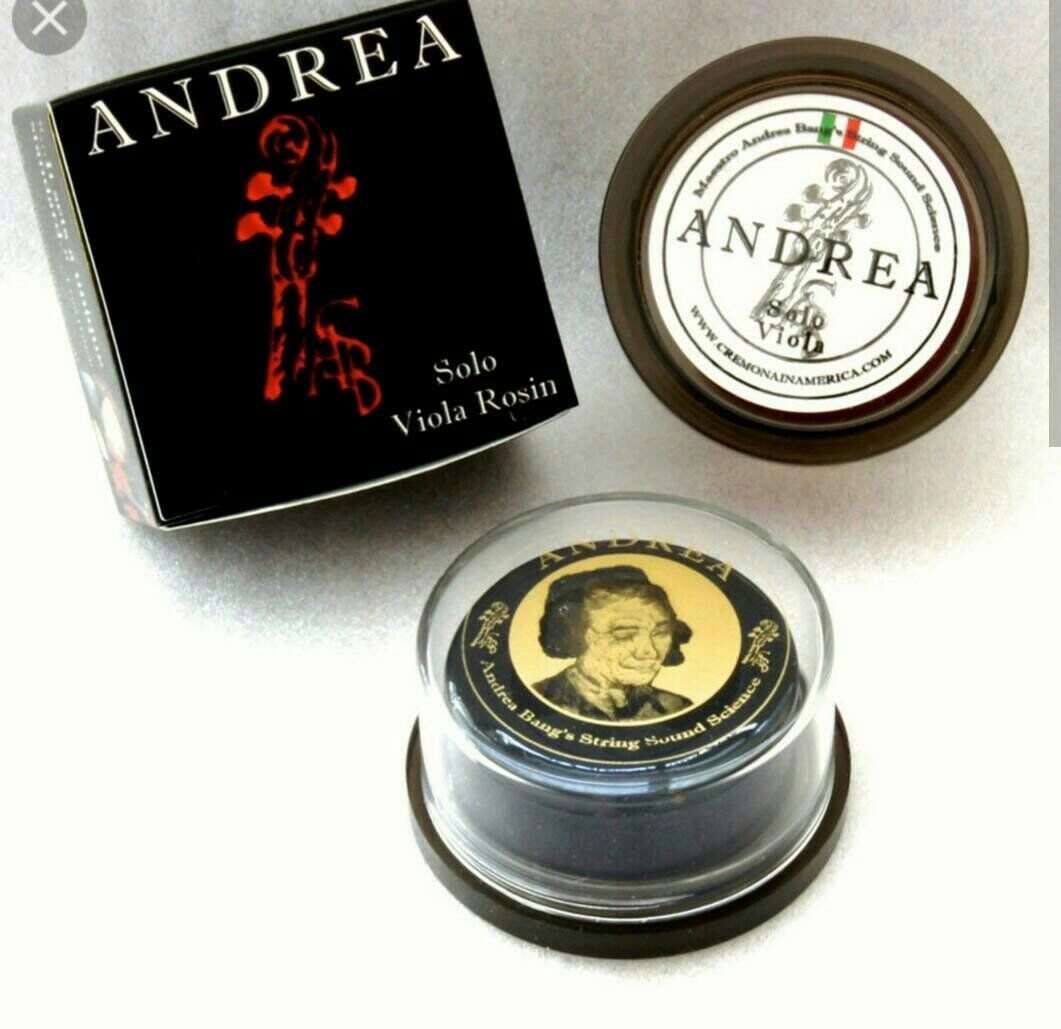- How to Find the Best 5 String Violins - April 19, 2022
- Top Violin Accessories to Consider - April 18, 2022
- Best Left-Handed Violins Guide - April 13, 2022
Summary: Knowing the best cello rosin means knowing your climate, how often you play, and what type of strings you have. Stick with something middle of the road in terms of texture and color.
Rosin is a significant tool in your musical toolbox that can directly impact the sound your instrument produces. If you have played the cello for years, you have invested a great deal of time learning how to run your bow properly across the strings and exert the right amount of tension and force to generate precise sound. Now you need to know how to find the best cello rosin.
Here are some of my basic dos and don’ts:
- Do: Pay for high-quality. Rosin can have a noticeable impact on the quality of sound you produce, so don’t cut corners. This is an investment. This doesn’t mean you have to go broke buying a top-of-the-line product infused with gold, but it does mean avoiding names that are not common in the musical industry.
- Don’t: Be fooled into thinking that a kit that includes a lot of accessories is directly correlated to high-value rosin.
- Do: Order from a top brand that is red or amber in color, and has medium texture
- Don’t: Purchase rosin that isn’t specifically meant for a cello.
There are lots of options on the market, some of which explicitly state that they are meant for cellos while others say they are suitable for all stringed instruments. I’m here to tell you anything designed to be all purpose is not going to be nearly as effective as something designed specifically for a cello.
What Is Rosin?
Rosin is a hard by-product left behind when you purify tree sap or resin. Now don’t run to your local tree and scrape the sap off the bark and then slap it on your bow. That sap has to be purified so that volatile compounds and Imperfections are leached out. Once this is done, the remaining product is left to harden. Once it’s hard you get a physical cake or box of rosin that you can use with your string instrument.
Rosin comes from conifers or pine trees so, just as there are different types of conifers, there are different types of rosin products. You can find black, red, amber, or honey yellow rosin, which can feel incredibly soft or very firm and rock hard when held in your hand.
Generally speaking, the best cello rosin will be middle of the road for your average player–the extremes are for other instruments like a bass or violin. This means something in the middle of that color range, not honey yellow on one end and not black on the other but amber or red in the middle. It also means that it shouldn’t be so soft. It’s malleable just when you run your fingers through it, and it shouldn’t be so hard that it feels like a brick.
| Instrument | Recommended color | Recommended feel |
| Violin | Lightest end of the color spectrum, like honey yellow | Soft texture |
| Cello | Middle of the color spectrum like amber | Middle of the texture |
| Upright Bass | Dark end of the color spectrum, like black | Firm texture |
Why Is Rosin Useful for a Cello?
Applying rosin to the hair on your cello bow actually modifies the sound you get when you play. Rosin makes the hair on your bow sticky because it literally coats it with residual sap. This coating gives your bow friction when it moves across the strings, and this forces the strings to vibrate.
If you don’t have enough rosin, you can certainly still play your cello, and I speak from experience. But, also speaking from experience, you just won’t get a lot of sound, and the sound you get won’t be as vibrant or clear as it could be.
I didn’t realize the impact rosin could have when I first learned to play a stringed instrument until I used it for the first time. After I applied rosin the tone, I produced was crystal clear, and I was suddenly able to fill the room.
Rosin changes the amount of static friction between your bow and the strings, so it serves a very important purpose which becomes increasingly important as you transition into intermediate and professional levels.
@theorchdorkteacher New Rosin! #PepsiApplePieChallenge #rosin #teachertiktok #musicteacher #orchestra #violin #viola #cello #bass #musiced #musicstudent #studentteacher
♬ FEEL THE GROOVE – Queens Road, Fabian Graetz
How Often Should You Use It?
How often you apply cello rosin is based solely on how often you play. As a general rule, you should apply rosin to your cello bow for every five hours that you play. You will also start to get a feel for when the hair on your bow starts slipping off your strings, so even if you don’t stick hard-and-fast to that 5-hour rule, just be aware of when you feel that slip, and take a break to rosin your bow.
Below is a quick tutorial on how to rosin your bow:
| Level | How Often to Rosin Your Bow |
| Beginner: plays an hour or two per week, for a weekly lesson and at home | Apply rosin every 4-5 sessions (session = lesson or at-home practice) |
| Intermediate: plays 5-10 hours per week, usually daily | Apply rosin to your bow every other session |
| Professional: plays daily, multiple hours per day | Apply rosin to your bow 2 or 3 times per day, depending on the hours played |
Too Much or Too Little?
Figuring out how much to add can be hard at first. If you are relatively new to stringed instruments, you probably don’t have a lot of experience applying rosin to your bow. Chances are you also bought a small container of rosin that can fit in the palm of your hand, so you’re worried about using too much.
I recommend caution when you are first putting rosin on your bow. It is much easier and cheaper for you to put on too little at first and have to reapply compared to a situation where you put on too much, and then it goes to waste. However, if you do put on too much rosin, you can watch this video to learn what to do next:
Types of Rosin
I already briefly talked about the different types of rosin. Still, as a cellist, you should also be aware that you can purchase rosin based on a specific conifer and mixed with different additives. These additives will become increasingly important as you reach a more professional level.
The type of string you have will also influence the interaction you get from your cello rosin.
- If you have synthetic strings or gut strings, use softer rosin.
- If you have steel strings or metal cored strings, use harder, drier rosin.
Usually, for cellist’s medium-strength rosin in a slightly darker color is perfect. I have tried the harder black rosin, and it was simply too hard for my cello strings, and the softer, honey-yellow rosin seemed to melt everywhere and was too soft.
However, you need to take into consideration your climate too. I, for example, traveled to Colorado, where the winters were very cold, and I was at a significantly higher altitude. Coming from California, I could get away with a slightly harder rosin because the temperature was always so hot.
But in this dryer, cold climate, it did not work at all. So, I bought new rosin. This was much softer. Tangentially, when I came back to California, the softer rosin fell apart in a sticky mess all over my bow and took a long time to clean.
So, as a general rule:
- If you are in a humid climate, pick harder rosin (color can be whatever conifer you want).
- If you are in a dry climate, pick softer rosin (color can be whatever you choose)
Tip: If you live in an area that has extreme seasonal changes, you might consider storing two different types of rosin so that you can use your heart option in the summer months when things get hot and your soft rosin during the winter when it’s cold.
Conclusion — Best Cello Rosin
There are different manufacturers out there, some of whom are better suited for professionals and others for beginners. Pirastro is top of the line. I use them when I am actively involved in ensemble performances. However, there are many other brands that can be used for the off-season. I also use Andrea Solo rosin for my regular at-home practice and solo performances. You will have to literally play around with different rosin to find the one that works well with your instrument and your strings.
Pirastro Goldflex Rosin
Pirastro Goldflex Rosin is what professionals use. This company is known for being one of the best cello string manufacturers and similarly, one of the best rosin manufacturers. This particular variety is named because the rosin has gold flecks in it. These minuscule gold flecks add friction to your bow, so you get a faster grip and a brighter, clearer tone.
Once you apply this rosin it offers powerful projection that an audience can hear in the back of the room which is why it is primarily used by cellists at a professional level who are part of orchestras or other musical ensembles and need to be heard over other instruments. While it can be used on any strings, it is recommended for gut or synthetic strings.
Pros
- Made with gold flecks that help with friction
- Creates a clearer tone
- Great projection
- Perfect soloists
Cons
- To much for ensemble only musicians
- Not suitable for steel core strings
Andrea Solo Cello Half Cake Rosin
Andrea Solo Cello Half Cake Rosin has received awards for its sensitive enhancement and sophisticated sound. They have three different types of rosin. I use the solo rosin as a soloist, and it helps bring out powerful undertones and clarity. They also have options for duets if you are playing with another instrument and orchestra members. This cake rosin can be used on any cello strings.
Pros
- Have options for soloists, duet, and ensemble musicians
- Great on any cello strings
- Creates well rounded sophisticated sound
Cons
- A bit expensive
Liebenzeller Larica Gold III
Liebenzeller Larica Gold III is a hard cello rosin. Similar to Pirastro Goldflex, this rosin has different metal flakes in it. many cellists like the gold flakes in their rosin because gold tends to elicit a much warmer sound but for those who are playing in bluegrass, jazz, rock, Christian rock, or any other non-classical orchestra or ensemble, testing rosin embedded with other metals can get a brilliant, darker sound. Bear in mind this rosin is better for gut or synthetic strings.
Pros
- Contains various kinds of metal instead of just gold
- Perfect for bluegrass, jazz, and rock
- Suitable for gut or synthetic strings
Cons
- Not widely available
- Expensive
- Not suitable for steel strings
FAQ
Answer: Many people save money by purchasing a large block of rosin, especially those who play the cello professionally. If you play regularly, I recommend investing in a larger block, but bear in mind that there is a shelf life.
Typically, rosin lasts between six months and two years. You can extend the lifespan of your rosin by making sure it is properly sealed. Professionals who buy blocks of rosin will likely have to store it in a large, airtight container.
Answer: I would recommend you store your rosin someplace cool. As it deteriorates, the appearance will start to change. If you live in a particularly warm area, you can keep your rosin in the refrigerator. Most cello rosin comes in a resealable container which should keep the product airtight, but you can always transfer your rosin into a glass jar like a mason jar that has an airtight seal. Rosin will naturally stick more to glass compared to something like silicone, but there’s no chance of a chemical reaction between the material of your container and the rosin if you put it in glass.
Answer: Darker rosins are usually stickier and softer, and light Horizons are usually harder and not as tacky. If you only play the cello, you should stick with something middle of the road. Think of yourself as Goldilocks. You don’t want something too hot or too cold and, in this case, you don’t want something too sticky or too hard.
Lighter-colored rosin is usually used for the viola or the violin, while the tacky, dark colors are for the bass. This is just a rule of thumb, however, and it’s not something you must obey. The weather where you live will play a significantly bigger impact in deciding what texture you want.
Looking for more interesting readings? Check out:





